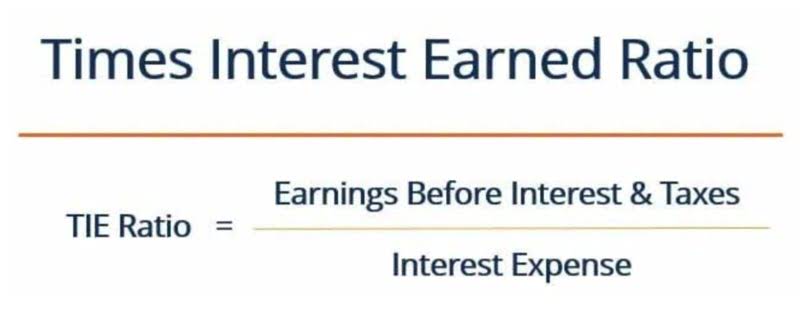
The following journal is created from this ALTA Settlement Statement. The property was assessed at $40,000 land value and $125,000 building value. Two fixed assets should be created and tracked moving forward, one for the property and one for the capitalized loan costs. Loan costs will amortize according to the duration of the loan (15 years, 30 years, etc.).
Closing Entry to Retained Earnings
This is a Bookkeeping vs. Accounting book of original entries where raw data regarding business transactions is first recorded before it is posted to the appropriate accounts in the general ledger. Adjusting Entries are made after trial balances but before preparing annual financial statements. Thus these entries are very important for the representation of the accurate financial health of the company. So the transactions from the two different periods are not confused, the revenue, expense, and dividend accounts must be reset to zero before we start recording transactions for April.
- This is done through a journal entry that debits revenue accounts and credits the income summary.
- To close the account, we need to debit the income summary account and credit all the relevant individual expenses accounts such as utilities expense, wages expense depreciation expense, etc.
- The $10,000 of revenue generated through the accounting period will be shifted to the income summary account.
- Closing entries are the accounting mechanism that move any profit or loss for the month into the equity accounts.
- The last step in the accounting cycle (not counting reversing entries) is to prepare a post-closing trial balance.
- A closing entry is provided for the closing of income-expenditure accounts.
Step 2 – closing the expense accounts:
Doing manual closing entries might seem fine for small businesses, but as your client base or business grows, the chance for errors skyrockets. This step is essential because it shows the growth of your company’s equity through retained profits. Closing these accounts ensures you don’t carry over old data, keeping everything clean for the new period. These reflect your company’s ongoing financial position, carrying forward from one period to the next. Then, just pick the specific date and year you want the closing process to take place, and you’re done! In just a few clicks, the What is bookkeeping entire financial year closing is streamlined for you.
- Only temporary accounts require closing entries because they represent performance measures for a specific timeframe.
- Note that by doing this, it is already deducted from Retained Earnings (a capital account), hence will not require a closing entry.
- It can directly be closed in the retained earnings account or it can be done through a longer process.
- In this first step, you transfer all income account balances to an income summary account.
- In just a few clicks, the entire financial year closing is streamlined for you.
Impact on Financial Statements
Having a zero balance in theseaccounts is important so a company can compare performance acrossperiods, particularly with income. When making closing entries, the revenue, expense, and dividend account balances are moved to the retained earnings permanent account. If you own a sole proprietorship, you have to close temporary accounts to the owner’s equity instead of retained earnings. Made at the end of an accounting period, it transfers balances from a set of temporary accounts to a permanent account. Essentially resetting the account balances to zero on the general ledger. So for posting the closing entries in the general ledger, the balances from revenue and expense account will be moved to the income summary account.
Permanent and Temporary Accounts

Thebusiness has been operating for several years but does not have theresources for accounting software. This means you are preparing allsteps in the accounting cycle by hand. After posting the above entries, all the nominal accounts would zero-out, hence the term “closing entries”. Being compliant also means that your business avoids costly penalties and enjoys an upstanding reputation in the market.
Omission Error in Accounting: Definition, Examples, And How To Avoid

Any amount you agree to pay on behalf of the seller, such as back taxes or real estate commissions, is also capitalized. Permanent accounts are those that keep track of the long-term assets, liabilities, and equity of a business. Because most accounting is done now using accounting software, Closing Entries happen behind the scenes. If an Income Statement or Balance Sheet is needed for a particular month, the report is generated by specifying the dates of the information required. Closing Entries are not needed with accounting software because the work of the Closing Entries is done behind the scenes.

Each of these closing journal entries in closing entries accounting ensures that the temporary accounts are reset and do not interfere with the next period’s transactions. Temporary accounts accumulate data for a specific period and need to be cleared for a new reporting cycle. Without closing entries, revenue and expense accounts would carry balances from previous periods, distorting financial reports.
Which types of accounts do not require closing entries?
For example, the revenues account records the amount of revenues earned during an accounting period—not during the life of the company. We don’t want the 2015 revenue account to show 2014 revenue numbers. Permanent accounts are accounts that show the long-standing financial position of a company.

